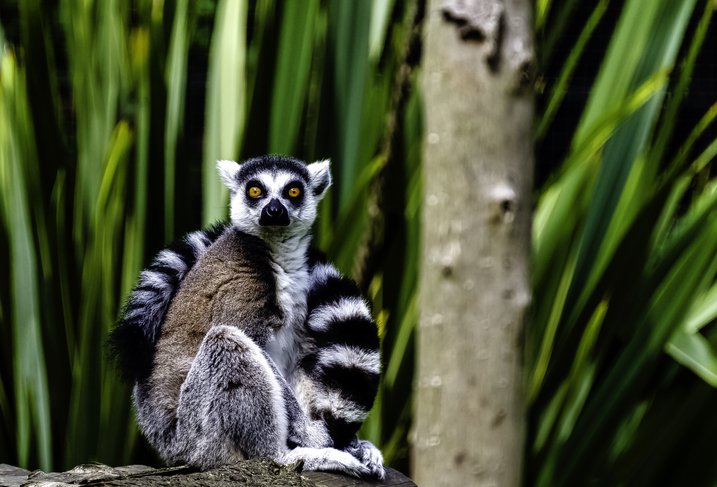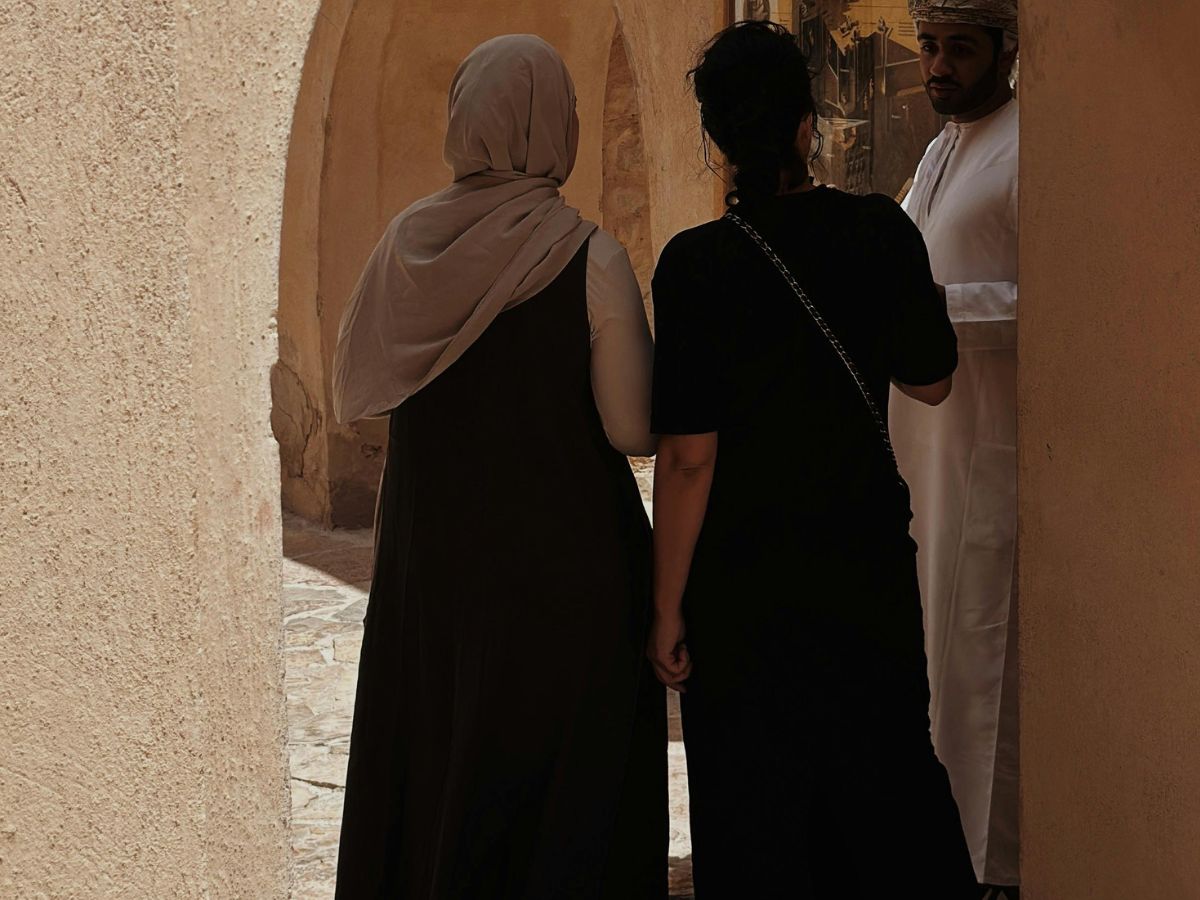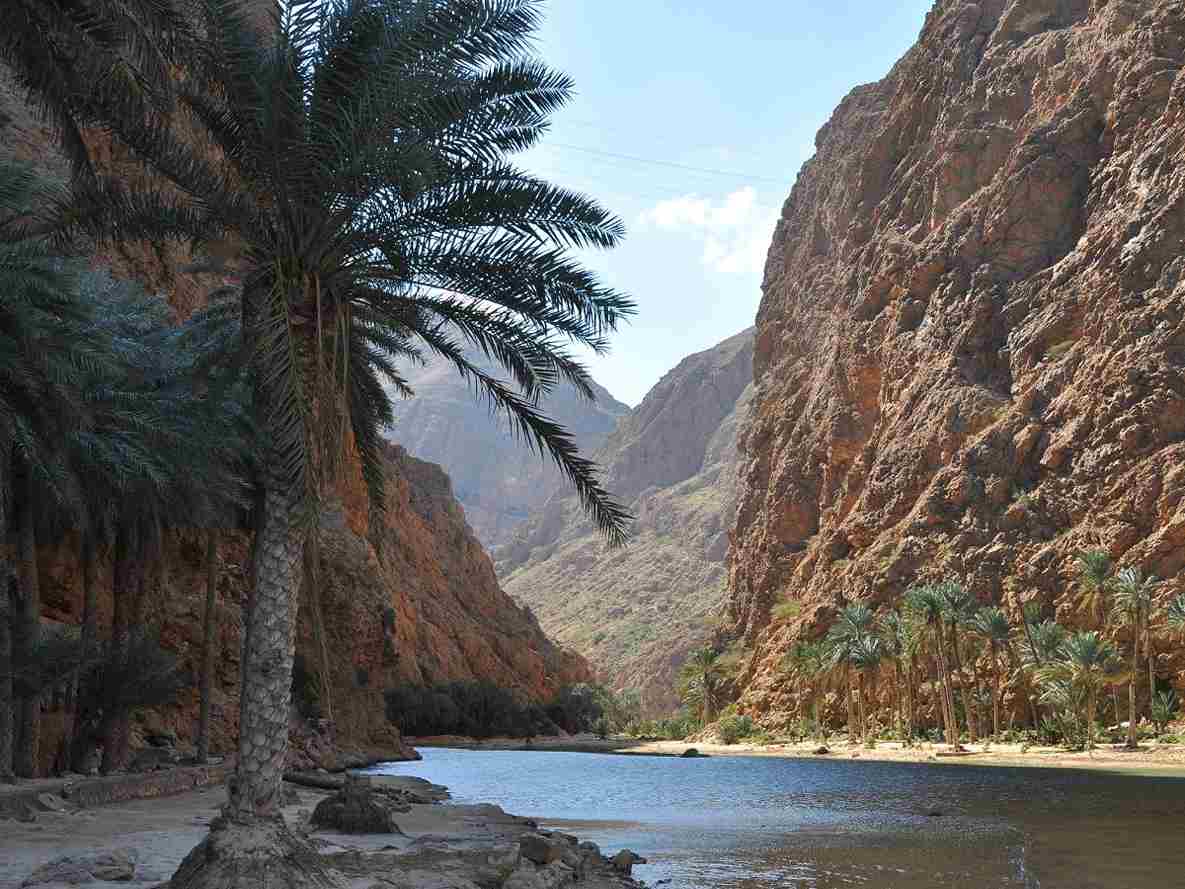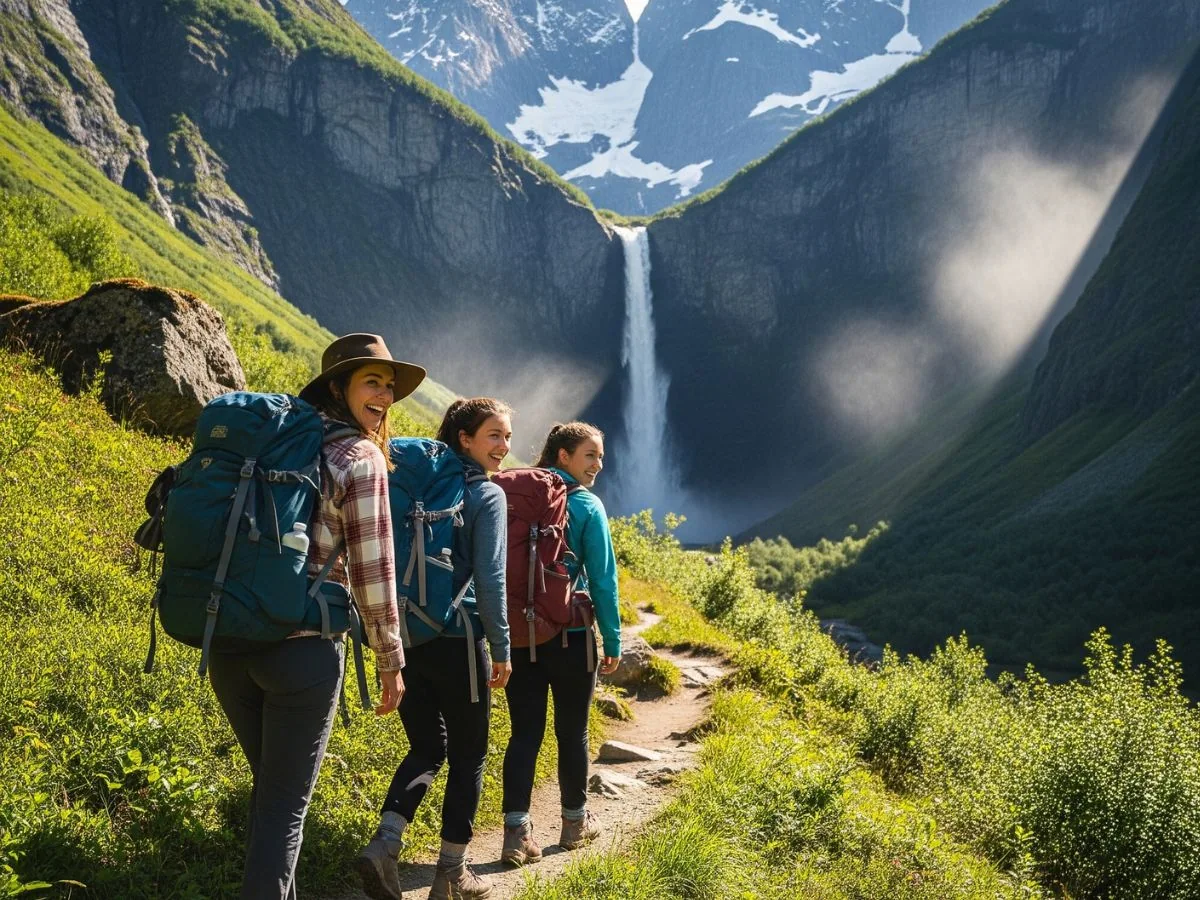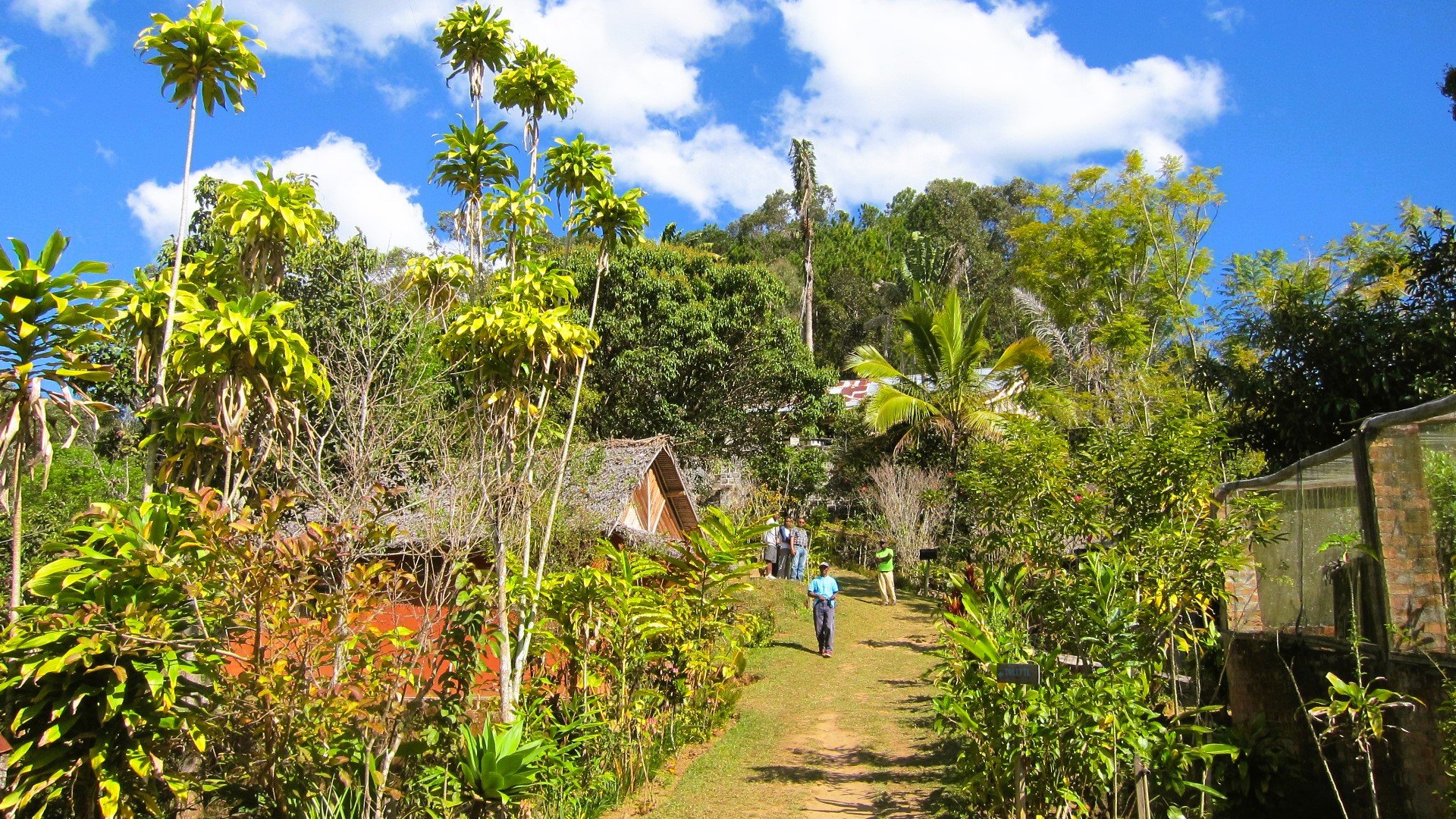Madagascar, the jewel of the Indian Ocean, is renowned for its unique biodiversity, stunning landscapes, and vibrant culture. Planning a trip to this enchanting island nation requires some consideration of the best time to visit to fully enjoy its wonders. Here’s a comprehensive guide to help you decide when to embark on your Malagasy adventure.

Climate Overview
Madagascar’s climate is generally divided into two main seasons: the wet season and the dry season. Each season offers distinct experiences, making different times of the year ideal for various activities.
Wet Season (November to April)
Pros:
- Lush Landscapes: The island’s flora is at its most vibrant, with dense, green vegetation and blooming flowers.
- Lemur Baby Season: Many species of lemurs give birth during this time, offering a chance to see adorable baby lemurs in their natural habitat.
- Fewer Tourists: With fewer tourists around, you can enjoy popular sites without the crowds.
Cons:
- Heavy Rains: The wet season can bring heavy rains, particularly from January to March, which can make some roads impassable and certain areas difficult to access.
- Cyclone Risk: The eastern and northern coasts are particularly susceptible to cyclones during this period.
Dry Season (May to October)
Pros:
- Pleasant Weather: The dry season offers cooler temperatures and less humidity, making it ideal for outdoor activities.
- Whale Watching: From June to September, humpback whales migrate along the east coast, providing spectacular whale-watching opportunities.
- Easy Travel: With less rain, roads and tracks are more accessible, making it easier to explore the island.
Cons:
- Higher Tourist Numbers: The dry season is peak tourist time, so popular destinations may be busier.
Best Time for Specific Activities
Wildlife Viewing
If your primary goal is to see Madagascar’s incredible wildlife, including its famous lemurs, chameleons, and diverse bird species, the best time to visit is during the dry season from May to October. The cooler, drier weather makes it easier to navigate the national parks and reserves.
Beach Holidays
For a relaxing beach holiday, the best time to visit is between May and October, when the weather is sunny and dry. The coastal areas of Nosy Be, Île Sainte-Marie, and the southern beaches are particularly beautiful during these months.
Whale Watching
June to September is the prime time for whale watching, especially around Île Sainte-Marie. During this period, you can witness the awe-inspiring sight of humpback whales breaching and playing in the warm waters.
Hiking and Trekking
Madagascar offers some incredible trekking opportunities, from the rainforest trails of Andasibe-Mantadia to the dramatic landscapes of Isalo National Park. The dry season, particularly from June to August, is the best time for hiking, as the cooler temperatures and lack of rain make for more comfortable conditions.
Regional Variations
Madagascar’s diverse geography means that different regions can experience varying weather patterns. Here’s a quick overview:
- Eastern Madagascar: Best visited during the dry season (May to October) to avoid heavy rains and cyclones.
- Western Madagascar: More arid and can be visited year-round, though the dry season (May to October) is still preferable.
- Northern Madagascar: Offers a pleasant climate during the dry season (May to October), though it’s slightly warmer year-round.
- Southern Madagascar: Known for its semi-desert conditions, it’s best to visit from April to October when temperatures are more moderate.
Conclusion
The best time to visit Madagascar largely depends on what you want to see and do. For wildlife enthusiasts, the dry season from May to October is ideal. Beach lovers will find the best conditions during the same period, while whale watchers should plan their trip between June and September. Regardless of when you go, Madagascar’s unique landscapes and extraordinary wildlife will leave you with unforgettable memories.
Pack your bags, prepare your camera, and get ready to explore the wonders of Madagascar!
